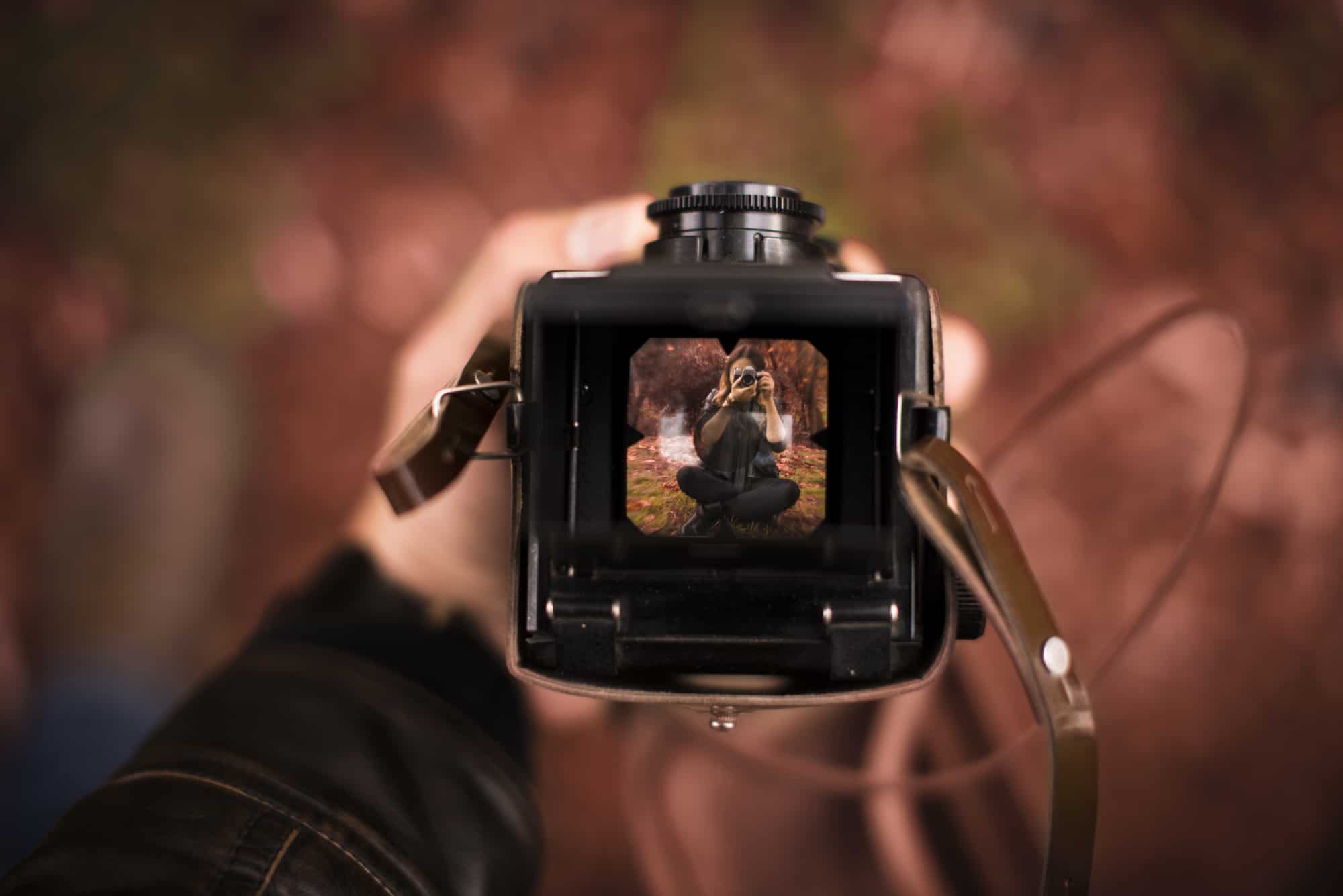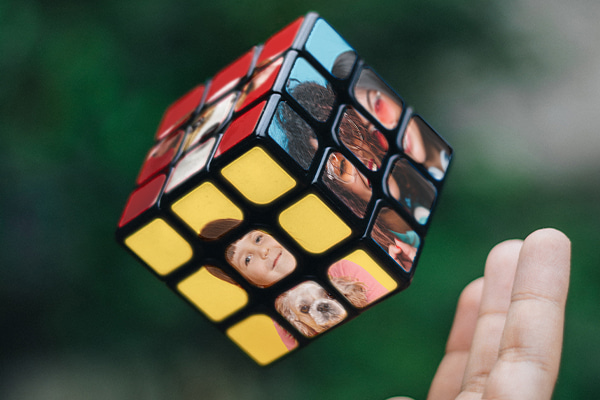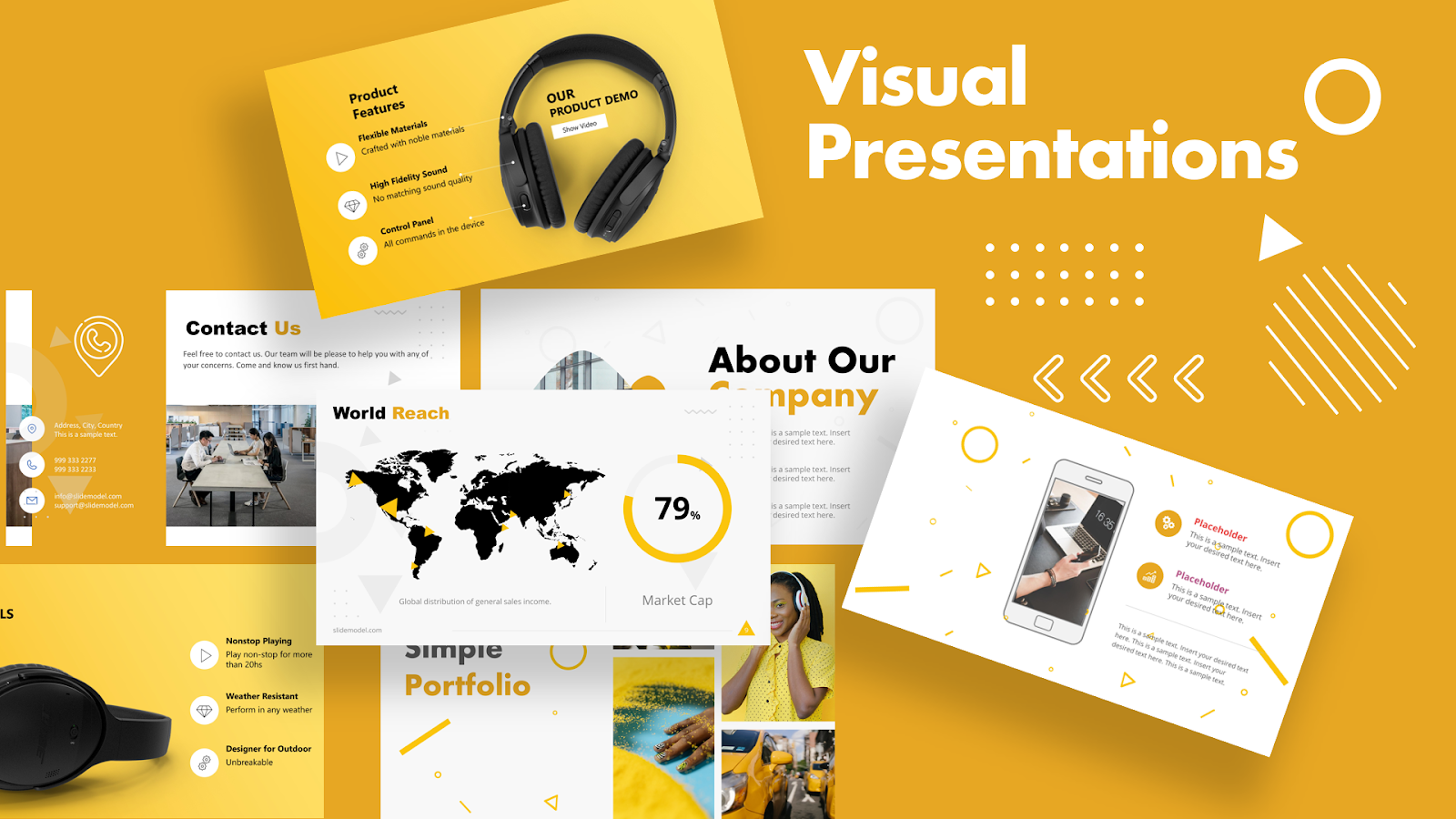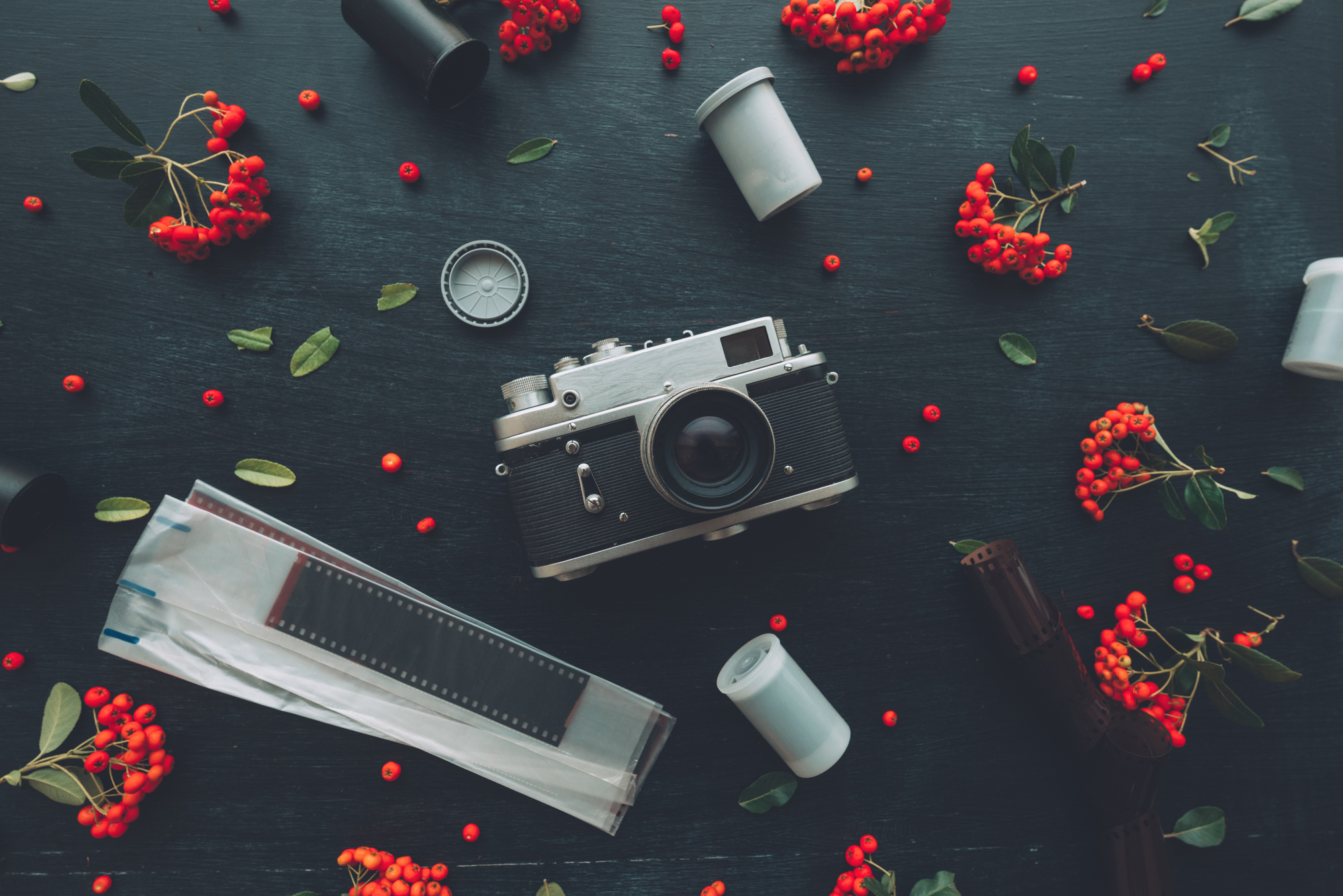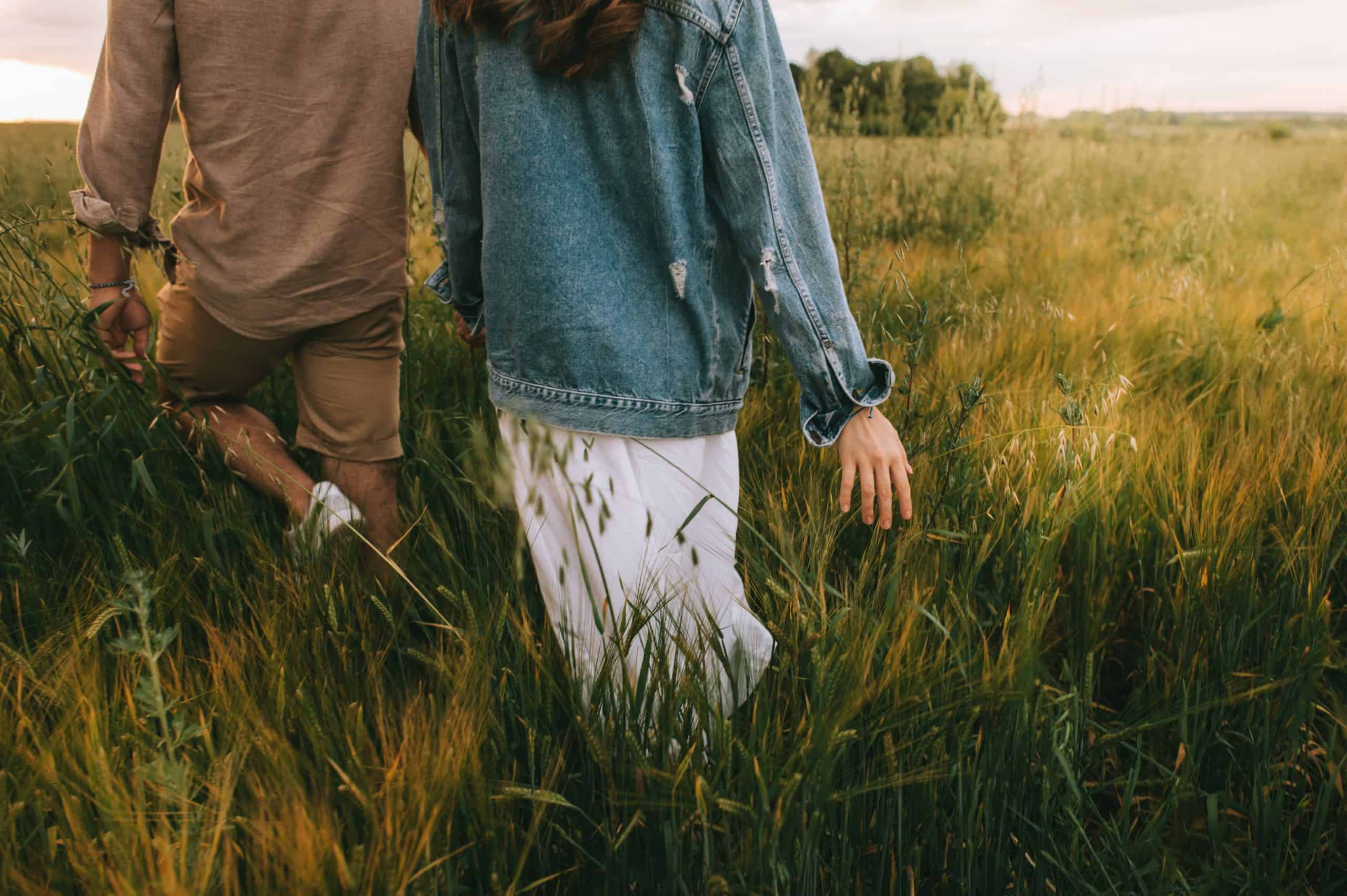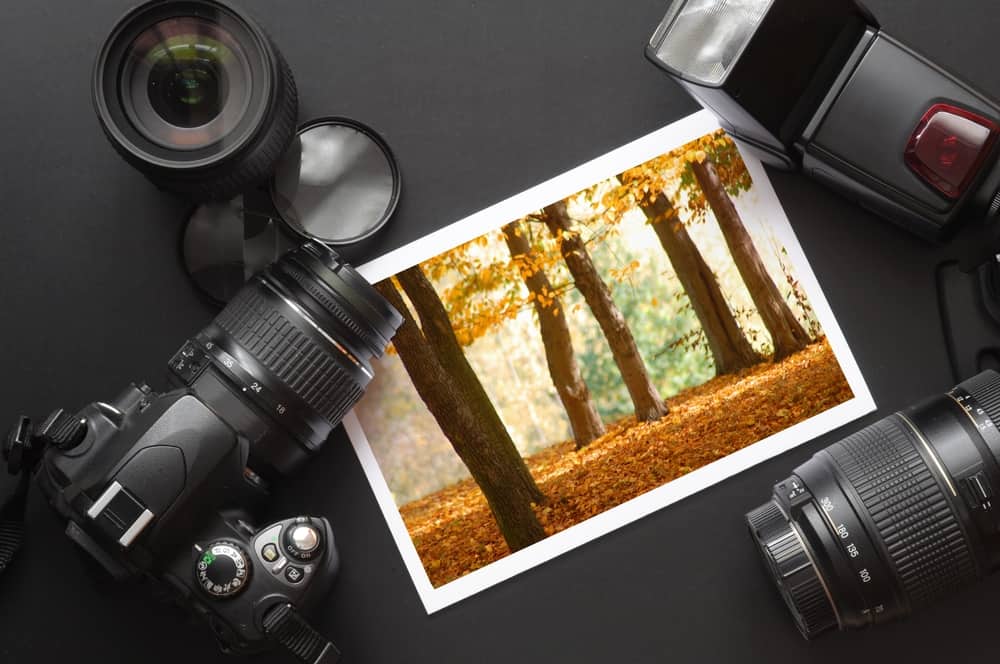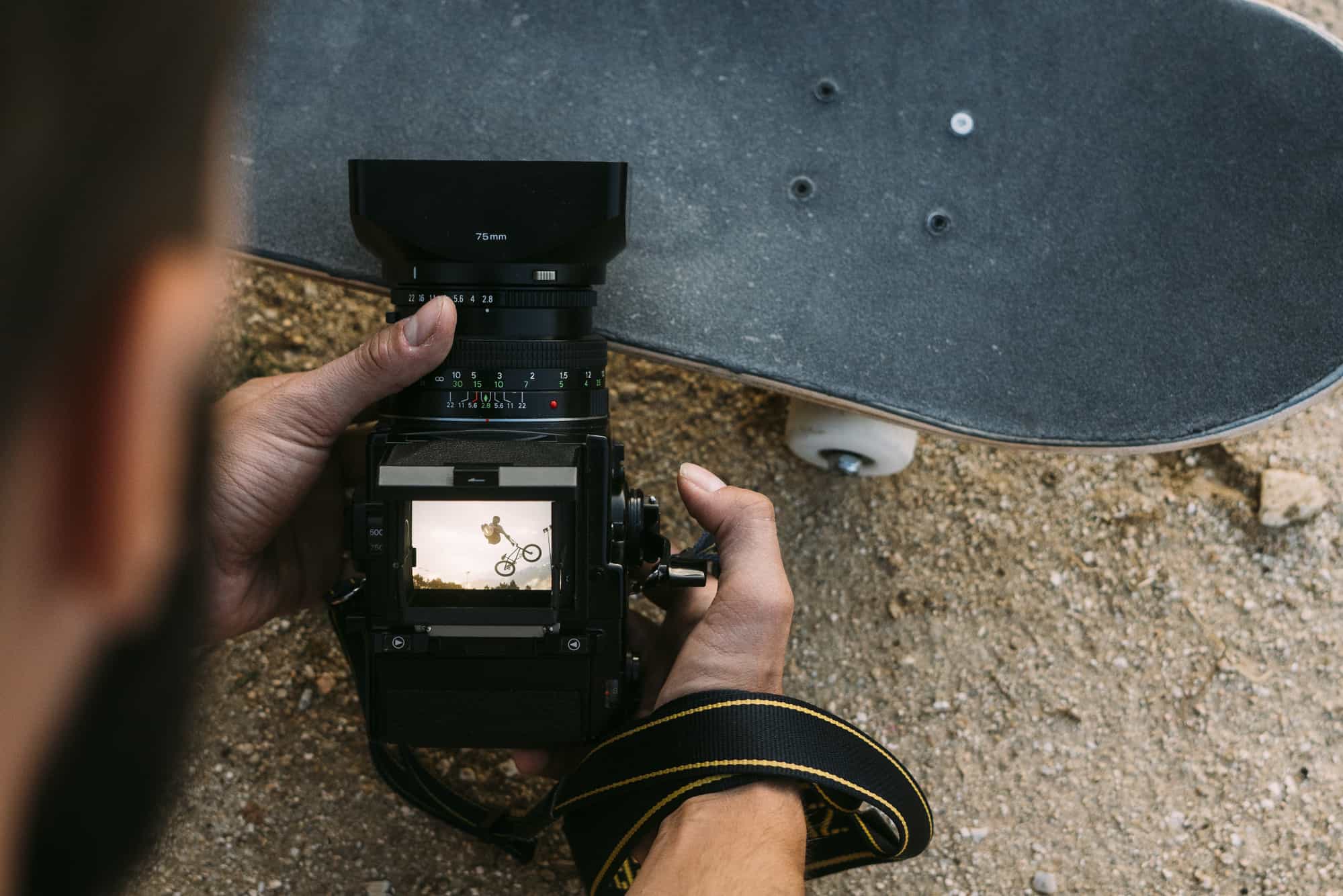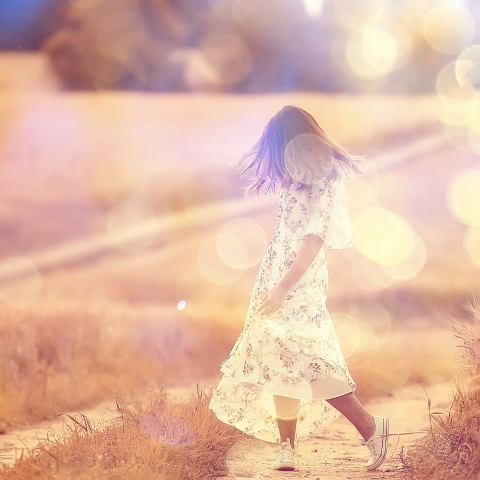What Is Medium Format Photography?
Medium format originates from analog photography. Back in the days when digital cameras weren’t yet invented, there were three camera formats, which varied depending on the film size they used: a small format (35mm), a medium format, and a large format film. Film medium format cameras use 120 film size. The vast majority of modern DSLRs have sensors similar in size to a 35mm frame (which is 24×36 mm), which makes them small-format cameras. Digital medium format cameras appeared in the 90s. But they were never very popular, so some photo gear manufacturers stopped producing them. Today, you can find digital medium format cameras from Fujifilm, Hasselblad, Pentax, and Leica.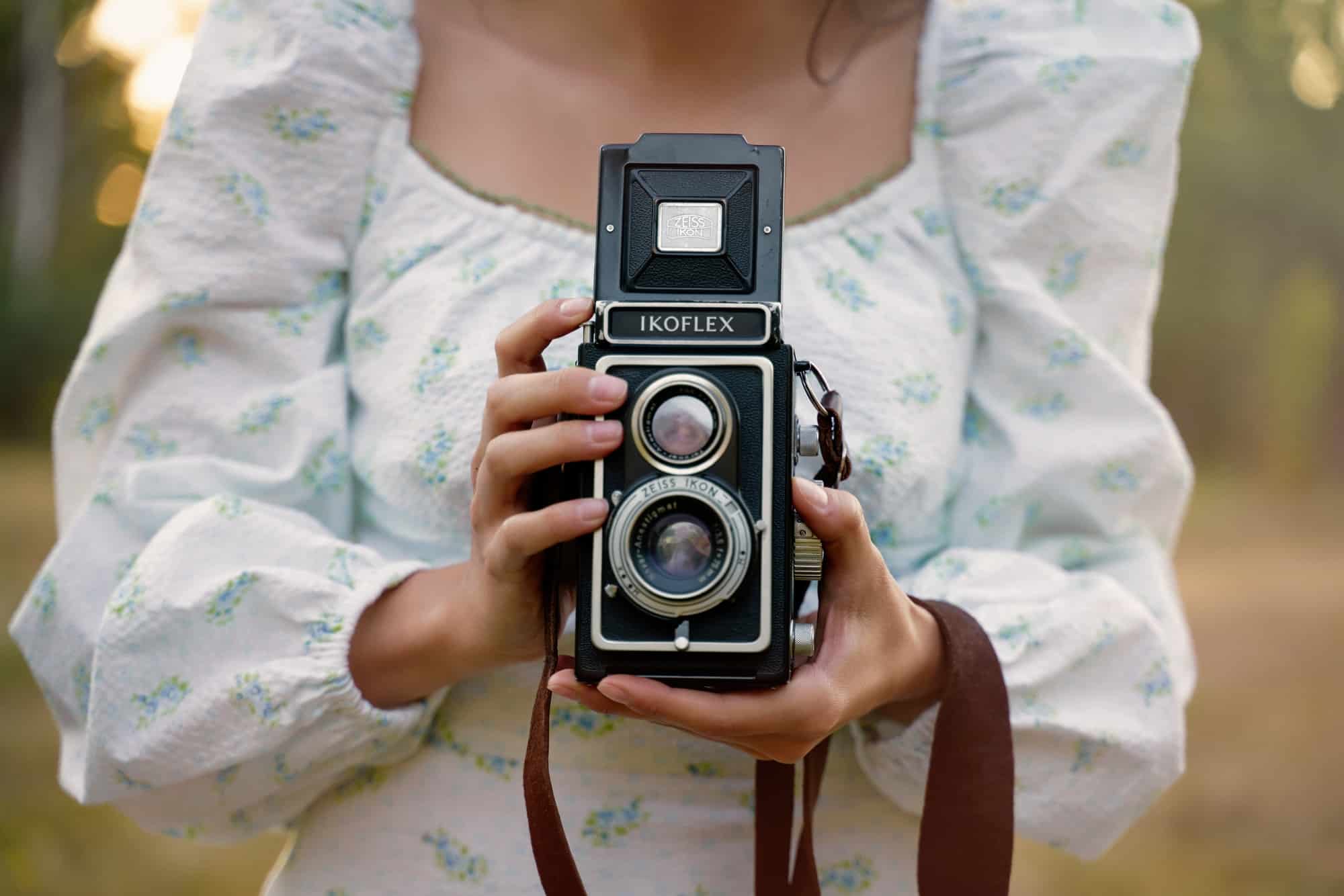

Why and Where to Use a Medium Format Camera
Nowadays, medium format cameras are used in specific fields of photography due to the higher quality of images in comparison to full-frame cameras. Many photographers who work with medium format have a vintage film camera for shooting studio portraits or landscapes.Landscape photography
Medium format is popular with landscape photographers because such cameras allow them to capture more of the scene than small-format cameras. Medium format cameras allow you to capture a very large depth of field. This means more elements will be in focus, both in the foreground and background, which is a big advantage for landscape photography.Advertising and commercial photography
Photos taken with a medium format camera are several times bigger than those taken with a small format camera and their resolution is really high. This matters when an image is printed for large surfaces, such as billboards and other offline advertisements. What’s more, high-resolution pictures can be enlarged and cropped without quality loss. That is why medium format camera systems are used in commercial photography.High fashion photoshoots
Many world-famous and renowned fashion photographers, including Terry O’Neill and Peter Lindbergh, used medium format systems for their portrait studio photoshoots. Medium format cameras are still highly appreciated for high fashion photography. That is why medium format photography is on the covers of fashion magazines around the world.
Advantages of Medium Format Cameras
Image quality
Medium format cameras have larger sensors, which allows you to take larger photos with higher quality and resolution. Photographers opt for this format when the quality really matters. It is especially vital when an image will appear in printed media and advertising. When you have a large file or a bigger film size, you have more opportunities to crop and edit your photos.Color reproduction
If you wonder why the medium format is popular in fashion photography, the answer is pretty simple. Medium format cameras provide the ability to perfectly capture and reproduce colors. This is important when someone shoots high fashion and colors need to be reproduced precisely.Great control over depth of field
With a medium format camera, you can experiment with the depth of field. A medium format camera grants you a really large depth of field for many visible details within your frame. When you shoot portraiture, you can choose a wider open aperture (smaller aperture number). It results in a shallower depth of field. A shallow depth of field means subjects within your focal point will be in focus. The background will be blurred, creating a sense of layers within your frame.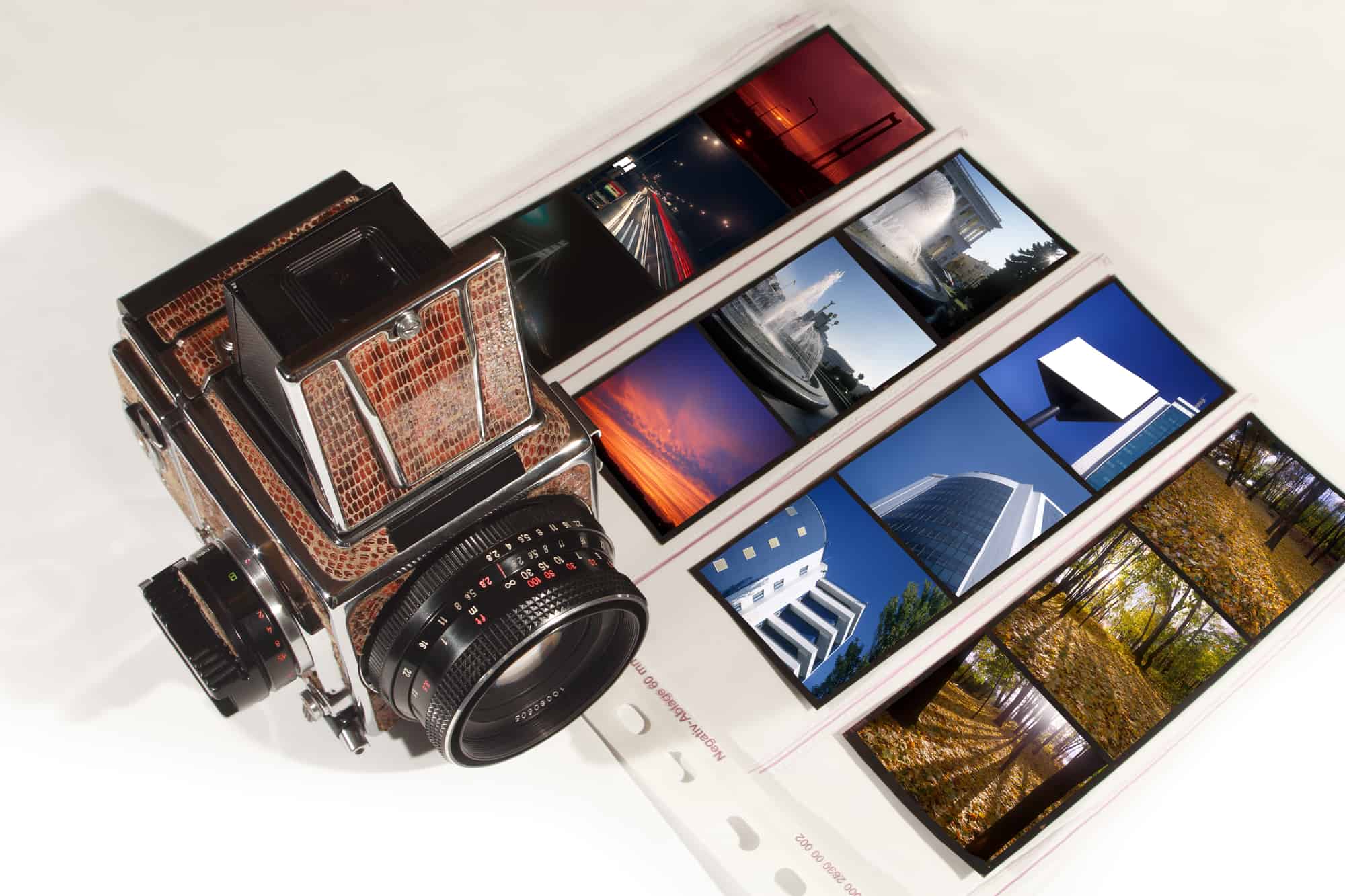
Disadvantages of Medium-Format Cameras
High price
Getting a full medium format camera system is very expensive. For the price of a medium format camera body, you will be able to get a DSLR camera with several lenses, a lighting kit, and a tripod. Most digital medium format cameras cost several thousands dollars (without a lens)! And you will certainly need to purchase a solid tripod to stabilize your camera. Sure, you can find an affordable film medium format camera. But the cost of processing film photography is high. As a result, you are very limited in the number of shots you can take. What’s more, it’s hard to find the medium format film as most stores provide exclusively 35-mm film. You will have to order it from the internet in advance if you have a medium format photoshoot planned.The cameras are heavy
A medium format camera is way heavier than a regular camera. As mentioned above, you will need a tripod that can handle heavyweight. It might be very inconvenient to hold a medium format camera the whole duration of your photoshoot. Some professional photographers might have a crew that helps them with their gear. But most of them don’t, so handling all the gear might be quite a challenge sometimes.Not a universal camera type
A medium format camera is a perfect choice for landscape and studio photography. But it is not as convenient as a regular DSLR. It concerns versatility for shooting a wide variety of genres. This is definitely not a travel camera. This means that a photographer shooting in genres other than those mentioned will have to buy and maintain another camera, increasing the overall cost.